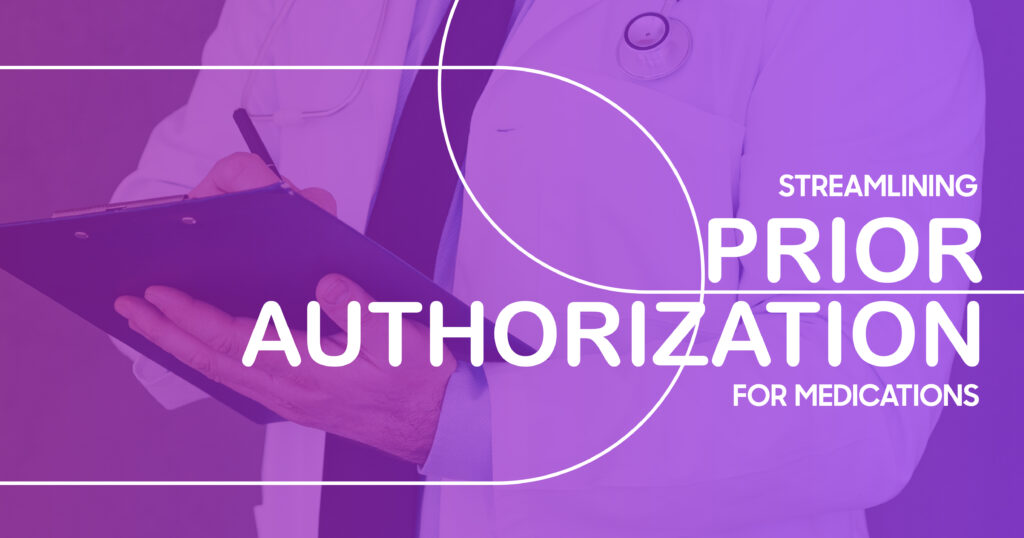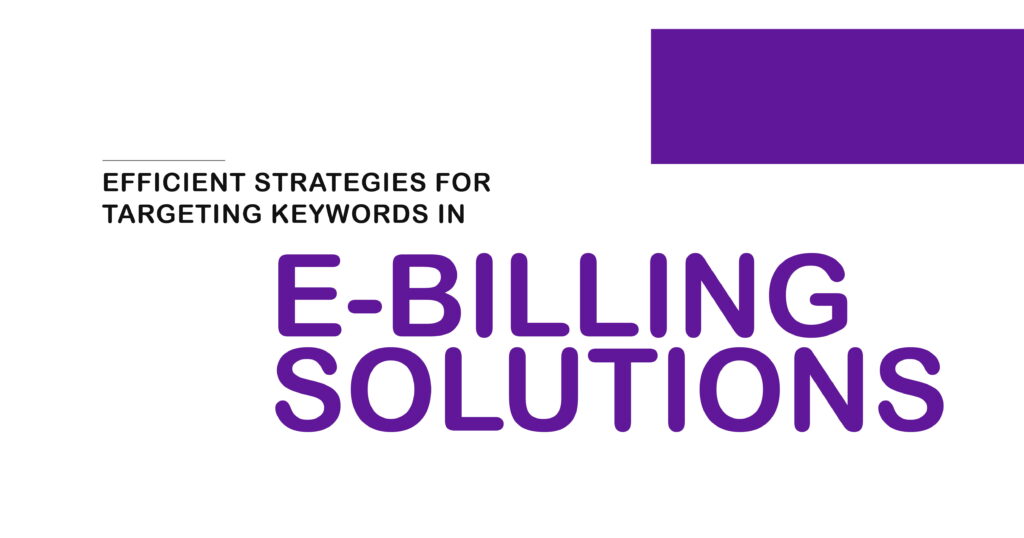A survey by the AMA in 2023 found that for 94% of physicians, delays in care occurred because of insurance approval, and 33% responded that there had been a serious adverse incident for a patient as a result of prior authorization.
Before covering certain medications, many insurers now require people to get prior authorization. Before issuing some medication, providers are required to obtain permission from the health plan. Despite trying to save money and use resources wisely, the system may slow down patient care and cause healthcare staff to handle more work.
In this post, we’ll examine how prior authorization affects everything from insurance to pharmacy benefits, the physician request, and survey the new solutions helping to simplify the process. The goal? Your prescription will go from written to ready faster, giving you the results you need without running into problems.
The Importance of Prior Authorization in Healthcare
Ensuring that patients and health-care providers get the most suitable and affordable drugs starts with prior authorization for medication. Even though it may sometimes seem difficult, the steps are set up to help patients, save money, and raise the level of care provided.
What Is It and Why Does It Matter?
If a healthcare provider wants to give certain medicines or treatments, they are required to get consent from their insurance company first. It is important at this stage to check that the care suggested follows the patient’s insurance plan as well as clinical approval.
There are important reasons why this process is needed:
- It assures that receiving medical care is necessary. When considering a prescription, insurers make sure the treatment is necessary and that less costly options have been considered.
- It reduces the costs of medical care to a great extent. The inspection of expensive prescriptions and medical services by insurers supports both the provider and the patient in controlling costs.
- It leads to better safety for patients. Having prior approval lets the health care team find and avoid drug interaction problems, overdoses, or duplicated prescriptions.
- It results in better results. Letting evidence and best practices direct treatment decisions increases the chances of recovery and decreases possible complications.

Challenges Patients and Providers Face
Prior authorization for prescriptions is necessary, but it brings many challenges to patients and their doctors.
Delays in Treatment
Getting approvals is usually a source of frustration for many. If patients have to wait too long, it can stop them from taking important medications, which might make their troubles worse.
Administrative Burden
Many physicians and their workers spend a lot of time filling out documents, dialing insurers, and managing their websites. Because of this extra work, clinics can face pressure on resources and lose time interacting with patients.
Lack of Transparency
Access to a drug formulary or the reason for a denial may not be easy for patients or providers. Insurance groups generally fail to explain the main factors that are needed for admittance.
Repeated Requests
Patients often must resubmit authorizations, especially when switching insurance plans. This can make it difficult for caregivers to do their job.
Financial Impact
Being put off or turned down for treatment can leave patients with either unpaid bills or no treatment, both possibilities that negatively affect their health and increase costs.
Having these problems does not stop the streamlining of prior authorization which plays a key role in making sure patients can access care and the healthcare system becomes more efficient.
Key Steps in the Prior Authorization Process
Understanding what prior authorization is helps patients and healthcare providers handle it better. Though each business has specific rules, most follow about the same process to handle claims.
- A physician prescribes a medication that may require prior authorization based on the patient’s insurance formulary.
- Sometimes, the provider sends a special form or uses a website to reach out to the insurer.
- Medical records, code for the service, and an explanation are provided to prove medical necessity.
- The insurance company checks the request against its rules, which drugs it authorizes and how treatments should be handled.
- Sometimes, the insurer will accept, reject, or request additional information. With approval, the patient can use their insurance to get the medication.
- In case the answer is a denial, a provider and patient may both appeal, providing additional information to support their position.
- When medication is approved, the pharmacy dispenses it, and the patient’s pharmacy benefit takes care of the cost.
How Technology Is Enhancing the Process
Before, the usual prior authorization process could be slow, rely on documents and lead to many postponements, upsetting all parties. Luckily, technology is making a big difference in how requests for medication clearances are processed. The process is now faster, easily trackable, and less taxing thanks to digital, automated, and real-time methods.
We’ll now explore some ways technology is enhancing prior authorization procedures.
| Technology Solution | How It Enhances Prior Authorization |
| Electronic Prior Authorization (ePA) | Enables providers to submit authorization requests directly through their electronic health record (EHR) system, reducing wait times. |
| Real-Time Benefit Tools (RTBT) | Gives physicians access to patient-specific medication coverage and formulary data at the point of prescribing. |
| Automated Workflow Systems | Streamline repetitive tasks and track submissions, improving administrative efficiency and follow-up accuracy. |
| AI and Machine Learning | Help predict denial risks and recommend alternatives, reducing the number of rejected requests. |
| Patient Portals and Apps | Allow patients to track the status of their authorization, increasing engagement and transparency. |
Common Medications That Require Prior Authorization
A prescription can still be denied by your insurance plan even if it is written by your doctor. Many expensive or specialty medications require prior authorization first to make sure they are covered by your plan. Because of this process, the drug is confirmed as necessary and is approved by the patient’s insurance policy or pharmacy benefit system.
A number of medication categories usually need your insurance company’s approval before they are released, as you can see in this table:
| Medication Category | Examples | Reason for Prior Authorization |
| Specialty Drugs | Humira, Enbrel, Stelara | High cost, used for complex conditions like rheumatoid arthritis |
| Biologics | Remicade, Cosentyx, Dupixent | Expensive treatments often require step therapy |
| Brand-name Drugs with Generic Options | Nexium, Crestor, Adderall XR | Cost-control measure, generics are typically preferred |
| Cancer Medications | Ibrance, Tagrisso, Revlimid | Require specialist oversight and specific diagnosis |
| Mental Health Medications | Abilify Maintena, Latuda, Vyvanse | Ensure appropriate psychiatric diagnosis and monitoring |
| Hormonal Therapies | Lupron, Synarel | Require specific criteria for conditions like endometriosis or prostate cancer |
| Weight Management Drugs | Wegovy, Saxenda | Often excluded unless specific health risk factors are documented |
| Fertility Medications | Follistim, Gonal-F | Typically, only covered for specific diagnoses and limited cycles |
Future Trends in Prior Authorization for Medications at Indigo Billing
With the healthcare industry becoming more complex, Indigo Billing is committed to making medication prior authorization for medication simpler with AI, smart automation, and live insurance connections. The focus on the future is to cut bureaucratic paperwork, help patients get in more easily, and achieve speedier insurance approvals with digital tools. Having these updates will remove problems for providers and patients, making it easier to process medication coverage, pharmacy benefits, and insurance rules.
Do you want help making prior authorizations less complicated? Contact us today at Indigo Billing to make your process easier.

FAQs
What is the significance of the prior authorization process in medication coverage, and how does it affect patient access?
Having a drug prior-authorized check that it matches the insurance company’s clinical and cost standards. Even though it encourages correct medicine use, it also leads to delays in finding the required treatment without quick processing.
How does a physician’s request play a role in obtaining insurance approval for medications within a drug formulary?
A doctor’s request for a drug gives the medical reason necessary when the treatment is not included in standard guidelines. The information is used by insurers to ensure the medicine is required for your treatment.
What challenges do patients face with pharmacy benefit and insurance policy requirements in the prior authorization process?
Many patients come across long waiting times, restricted ways to speak with the doctor, and trouble figuring out what is needed in their medical records. They can limit how fast someone gets their medicine, which may cause gaps or mistakes in care.
In what ways can technology streamline the prior authorization process to improve medication access and insurance approval?
Using technology allows forms to be processed automatically, benefits to be checked right away, and approvals to be tracked, greatly lowering the number of waits. They help healthcare providers and payers communicate more easily, so the procedure is faster and more open.
Which common medications typically require prior authorization, and how can patients better navigate these requirements?
Specialty, biologic, and mental health medications often require prior authorization. Patients should consult their healthcare provider early to avoid delays. Patients can discuss with their healthcare provider and billing expert to submit important forms on time.












